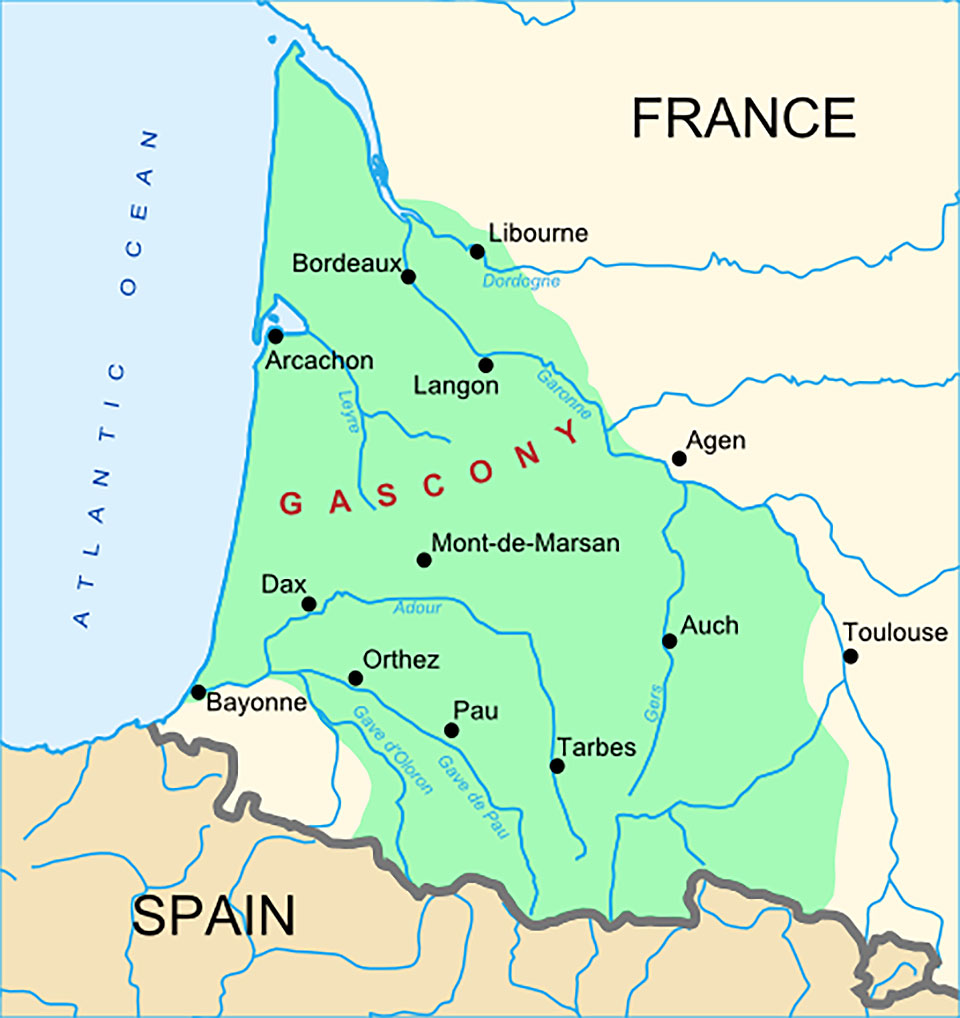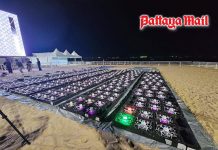
This week, were going to look at two entry-level wines that have much in common: they are blended from the same two grape varieties; they have the same rather low alcoholic content of 11% ABV; they’re produced in the same part of France and they come from the same wine shop. Not surprisingly, they have a similar taste profile.
The two grape varieties are Sauvignon Blanc and Colombard (COL-um-bah). You’ll probably know something about the green-skinned Sauvignon Blanc. It’s one of the most popular wine grapes in the world. But what about Colombard? If you were to look at any wine book published before 2000 it probably won’t even be mentioned. Even in the first edition of Karen MacNeil’s splendid Wine Bible, poor little Colombard receives just one short sentence and a mildly disparaging one at that. You see, for years Colombard was a relatively minor French grape and mostly used for distilling into brandy. For a time, it became popular in California where it was made into simple everyday plonk known locally as jug wine.
But Colombard is being rediscovered. Wine made from Colombard invariably has high acidity; it usually has a fruity aroma of lime, guava and mango. It’s light in body and relatively neutral in flavour so it’s nearly always blended with other varieties to bump up the flavour.
The traditional home of Colombard is the French region of Gascony which lies to the east and south of Bordeaux. Gascony is roughly between the city of Toulouse and the Atlantic coast and the fertile soil of the rural landscape is nourished by the rivers flowing from the Pyrénées. Wine was first made there by the Romans, who developed a flourishing wine trade long before the Bordeaux area was planted. According to French journalist Sue Aran, the Gascon people “are known to be independent, brave, hardy, boastful and most of all, welcoming.” They have their own language too which is still used by several thousand people. Gascony is especially famous for a kind of brandy known as Armagnac which is made from distilled Colombard, along with a couple of other local varieties. Gascony is also the fourth-largest wine producing region in France and 90% of the wine produced there is white and usually carries the IGP designation “Côtes de Gascogne”.
1/4 d’heure Gascon Colombard-Sauvignon Blanc 2021 (white), IGP Côtes de Gascogne, France. Bt 549 + VAT @ Vines to Vino, Thepprasit Road, Jomtien.
The expression “Gascon quarter of an hour” had me puzzled until I read André Rouquet’s explanation that in Gascony, informal meetings invariably start about fifteen minutes later than the scheduled time. If there is some subtle connection with this rather laid-back mindset and the contents of the bottle, I’m afraid that it escapes me. The wine is a pale straw colour with a slight green tinge. It’s almost transparent and there’s an intense aroma lime and citrus. On the palate, you’ll find it’s quite lively and acidic with plenty of citrusy flavour. It’s a light-bodied wine with sharp, slightly tart taste and a surprisingly long crisp finish. It would make an appropriate accompaniment to light fish dishes, especially shellfish, smoked salmon or tuna. The makers suggest a serving temperature of 10°C but a few degrees lower won’t do it any harm.
Plaimont Colombelle Colombard-Sauvignon Blanc 2021 (white), IGP Côtes de Gascogne, France. Bt 611 + VAT @ Vines to Vino, Thepprasit Road, Jomtien.
Producteurs Plaimont is a Gascon cooperative of wine producers formed in 1979. Today, the cooperative has over a thousand winegrowers farming about 13,000 acres (about 20 square miles) of vineyards. This award-winning cooperative produces about forty million bottles of wine per year.
This wine sells in the UK for about ten quid a bottle. It’s an attractive light gold colour with an intense aroma of lime, mango and citrus. With a light-to-medium crisp body, there’s plenty of rich, yellow fruit on the palate and a distinctly long and dry finish. With lively acidity, this struck me as a well-crafted wine. I also noticed the typical grassy, aromas and flavours of the Sauvignon Blanc. The wine would make a good partner for fish or even light chicken dishes.
You might be wondering which of these rather similar wines to buy. There’s a difference of 62 baht in the price; slightly more when you factor in the 7% VAT. If you normally prefer a rich oaky Chardonnay, it’s unlikely you’ll enjoy either of these wines much, for these grapes tend to produce racy wines of high acidity.
They are both entry-level budget wines and to a complete novice they might taste pretty much the same. However, there are some important differences. While both wines have a rich aroma, the Colombelle aroma is slightly more subtle. The cheaper wine is more acidic, lighter in body and has a slightly tart taste. To me the Colombelle seems rounder and has a better-balanced flavour. If your taste runs to dry, crisp and sharp whites, both these wines are likely to please, though if you want something which is not too assertive, consider forking out a bit extra. As they like to say – somewhat ungrammatically – in London’s East End, “Yer pays yer money and yer takes yer choice.”





